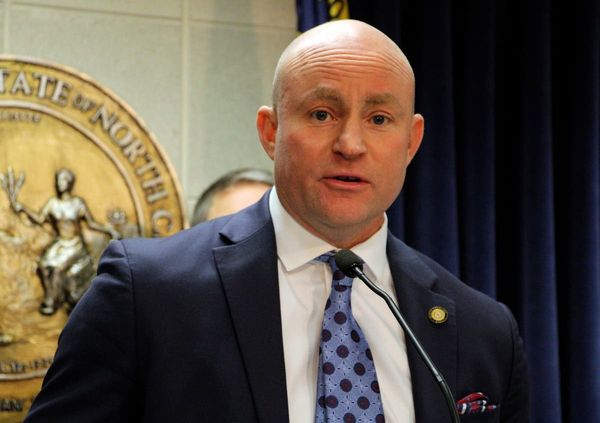
Eastern Australia’s wholesale power prices increased in the June quarter, although they remained well below the level reached during the energy crisis a year earlier, the Australian Energy Regulator has said.
New South Wales posted the highest spot pricing with an average of $148 a megawatt hour, up from just over $100/MWh during the first three months of the year. During last winter’s energy squeeze, prices averaged about $320/MWh.
For the June quarter, Queensland and South Australia’s wholesale prices averaged about $140/MWh, and Victoria’s just under $100, while Tasmania’s were cheapest at $65.
During the period, AGL closed the final units of its Liddell coal-fired power station in NSW’s Hunter valley, contributing to the uptick in prices for the quarter, the AER said.
Still, supply conditions were not as tight as a year ago when delayed maintenance at ageing coal-fired power stations combined with an extended cold weather snap, which pushed up energy demand. Wind energy was also lower than expected.
“We have seen far fewer coal generator outages and more coal capacity offered into the market than the same period last year,” said Justin Oliver, an AER board member. “There are strong gas flows between states and high gas storage levels at [Victoria’s] Iona facility, which is critical for managing supply-demand shocks.”
The pickup in wholesale prices were reflected in the updated default retail power prices offered across the eastern states. These have risen by a quarter or more since the start of July even while wholesale prices have started to trail off.
Forward prices continue heading south... https://t.co/SW91fhxTFt
— Dylan McConnell (@dylanjmcconnell) July 17, 2023
Particularly sharp for current quarter: pic.twitter.com/XRSdnKWqcy
The increase in spot prices came even with the federal government imposing price caps for domestic use of gas at $12 a gigajoule and $125 a tonne of black coal since January. The gas price limit has been extended to 2025 while the coal cap will lapse after 12 months.
Despite the cap, east coast gas market spot prices averaged about $14.50/GJ in the April-June period, up from about $12 during the March quarter, the AER report said.
“High May prices were largely the result of production constraints at Longford [in Victoria] combined with pipeline capacity constraints on the Moomba-to-Sydney pipeline,” the report said. “This resulted in downstream prices in southern markets increasing above $19/GJ, before pipeline capacity increases in June reduced upwards price pressure.”
Gas demand trailed off in June, in part because of milder temperatures, sending gas prices below $10/GJ.
Eastern Australia had its warmest ever June by maximum temperatures, according to the Bureau of Meteorology.
And a reminder: eastern Australia had its hottest June on record for maximum temperatures. (@bom_au) pic.twitter.com/alZ0P30KyD
— @phannam@mastodon.green (@p_hannam) July 17, 2023
In Victoria, a state where many residents rely on gas for heating, minimum temperatures were 1.77C above the 1961-90 average. That was the state’s fifth-warmest June by overnight temperatures on record and the mildest since 2014.
Renewable sources continued their advance, with 1,100 megawatts of new capacity in the form of solar, wind energy and batteries added in the quarter.
Wind output reached record levels in June in the national electricity market. The output of solar and wind energy was also on average 745MW greater than for the same quarter last year, the AER said.
The chief executive of the Clean Energy Council, Kane Thornton, told an energy summit in Sydney that Australia wasn’t building renewable energy quickly enough “to replace failing coal and expensive gas, ensuring reliability and driving down power prices”.
“Over recent years we have been averaging around 3 gigawatts of rooftop solar and 3GW of large-scale renewables per year,” he said on Tuesday. “That needs to double to put us on track to 82% renewable energy by 2030.”
However, despite the need to double the pace of investments, a range of headwinds including drawn-out planning approvals meant new project commitments were actually slowing.
“Just 0.4GW of new large-scale renewable energy projects have been committed in the first half of 2023,” Thornton said. “That’s a long way short of the 5GW per annum we need.”







